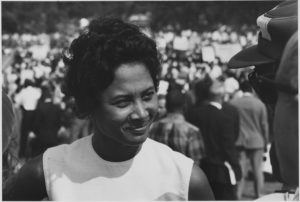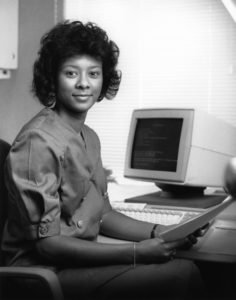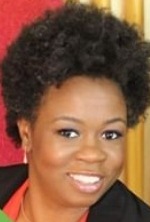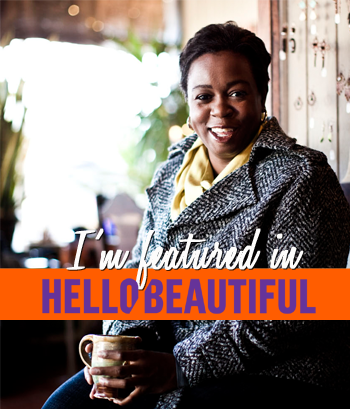Equal pay history
Equal Pay for women has a relatively long history. Traditionally, most women didn’t work outside of the home. As far back as the 1800’s women have fought to have equal right and equal pay.
Let’s take a look at equal pay in the United State. In 1870 “No Pay Discrimination Based On Gender” bill passed. Then another push for equal pay came to the forefront during World War II.
As more and more women entered the workforce, pay disparities were discussed. During the Civil Rights movement even more equal pay changes came. Most recently, states have issued more legislation to aid in equal pay.
World War II: Strides for equal pay were made during World War II. It was during this time more women were taking on jobs previously done by men. The percentage of women in the workplace went from 27% to 34% as fewer men were available to fill increased job openings.
While white women were encouraged to obtain jobs traditionally filled by men, African American women were encouraged to apply for domestic jobs. These domestic jobs were to assist white women who took jobs previously filled by men.
In 1942, policies for equal pay for women who were directly replacing male workers was endorsed by the National War Labor Board. But it failed to be passed by U.S. Congress. Then in 1945, the U.S. Congress introduced the Women’s Equal Pay Act. While it failed to pass, the Act proposed it was illegal to pay women less than men for work of “comparable quality and quantity.”
However, the movement for Equal Pay didn’t stop there. It was during the Civil Rights Movement, in 1963 when a law was written in an effort to prevent employers for basing pay by gender. Congress passed the Equal Pay Act in 1963 as an amendment to the Fair Labor Standards Act of 1938.
How did these laws impact African American women? In actuality these laws were not intended for African American women or other women of color. Segregation played a large part to pay inequity of African American women.
Prior to 1960, African-American women had a difficult time finding occupations outside of domestic employees. Even with college degrees they would be denied opportunities and found it difficult to obtain clerical positions. A White woman without a college degree could find employment as a secretary, a sales clerk, or as a blue-collar operative.
Many employers had policies against hiring African-American women in these roles. This was often the case in the South. These types of discriminatory practices prevented African-American women from obtaining equal pay for decades.
African-Americans were, men and women, were blocked often times from obtaining blue collar jobs. When African American women did obtain clerical jobs it was usually in African American owned insurance companies or Montgomery Ward, a mail order business.
So where do African American women fall in the pay equity scale?
In 1975, African-American women and white women pay had the smallest gap. However, African American women pay has fallen when compared to white women from 1980 until 1996. This is especially true for younger African-American women.
The most recent equal pay legislation is now at the state level. A handful of states such as California and New Jersey have passed laws to fight against the pay gap among women. These new laws make it illegal for employers to request salary information.
Why is this important? If a woman is already being underpaid, a future employer may use current salary to continue to underpay female employees.
Aren’t African-American women receiving the most college degrees? Yes, they are. Then, what’s driving the disparity?
ABOUT THE AUTHOR
Michele Heywerd is a professional engineer by profession and she’s the lead founder of the STEM movement. She coaches young and adult professionals who want to gain successful careers in science, technology, engineering and math.
You can follow Michele on her various social media accounts below:
- www.Facebook.com/
PositiveHireCo - www.FB.com/MicheleCHeyward
- www.Twitter.com/PositiveHireCo
- www.Twitter.com/
MicheleCHeyward - www.Twitter.com/WOCinSTEMChat
- www.Instagram.com/
PositiveHireCo - www.Instagram.com/
MicheleCHeyward - www.Instagram.com/
WOCinSTEMChat - https://www.linkedin.com/in/
MicheleCheyward - https://www.linkedin.com/
company/positivehire/ - www.medium.com/@
MicheleCHeyward - https://medium.com/@
wocinstemchat - https://medium.com/@
positivehireco
Facebook groups:
- STEM Women Professionals https://www.facebook.com/
groups/STEMWomenProfessionals/ - PositiveHire Community https://www.
facebook.com/groups/ PositiveHireCommunity/






